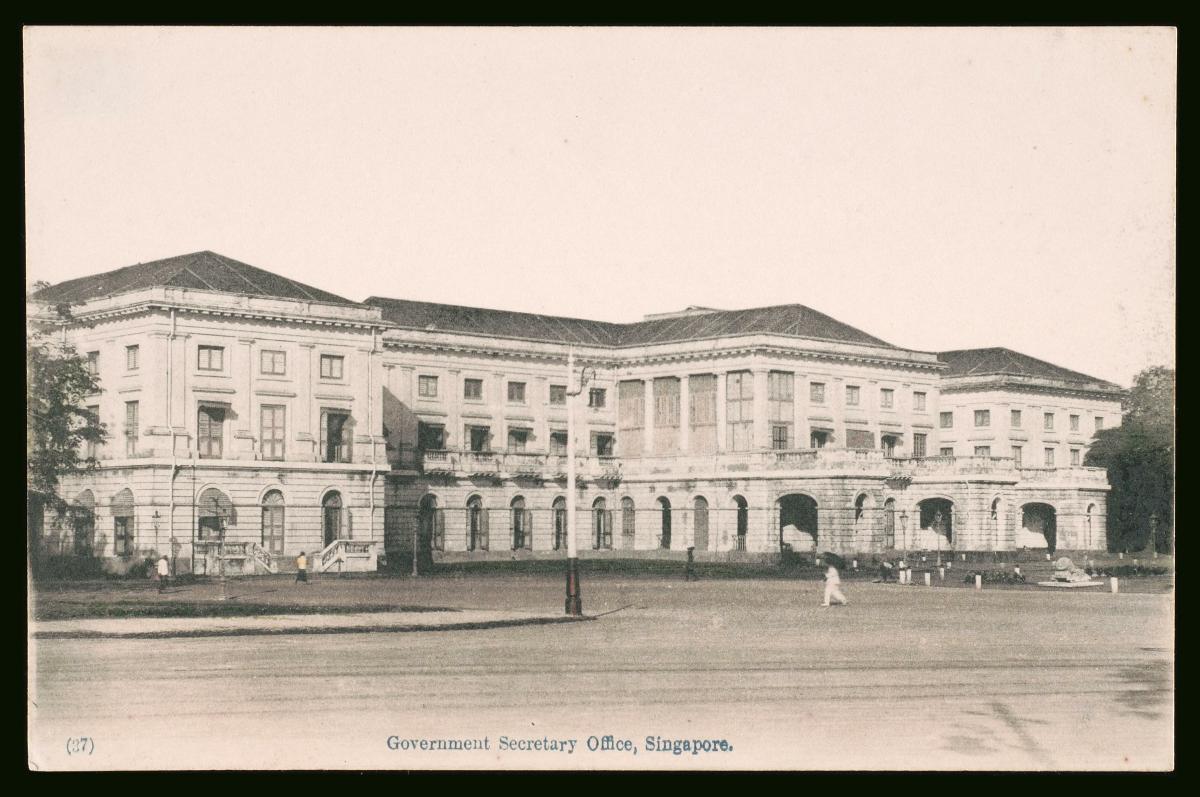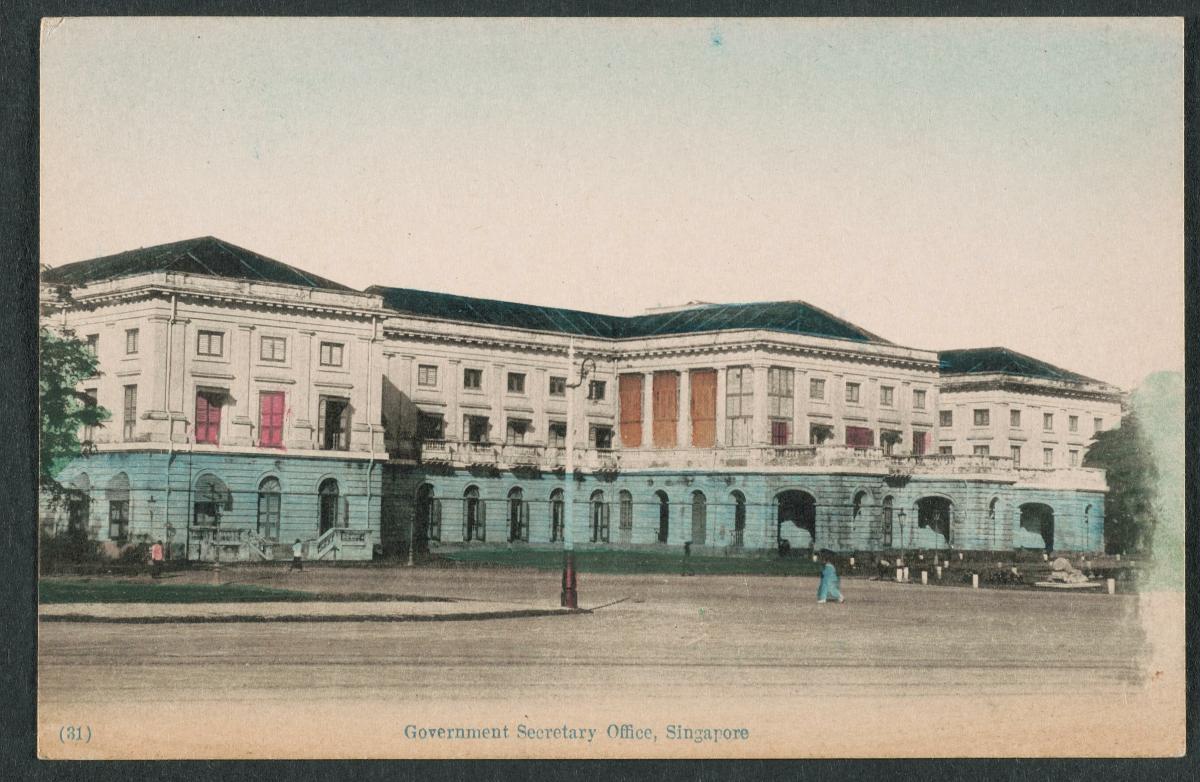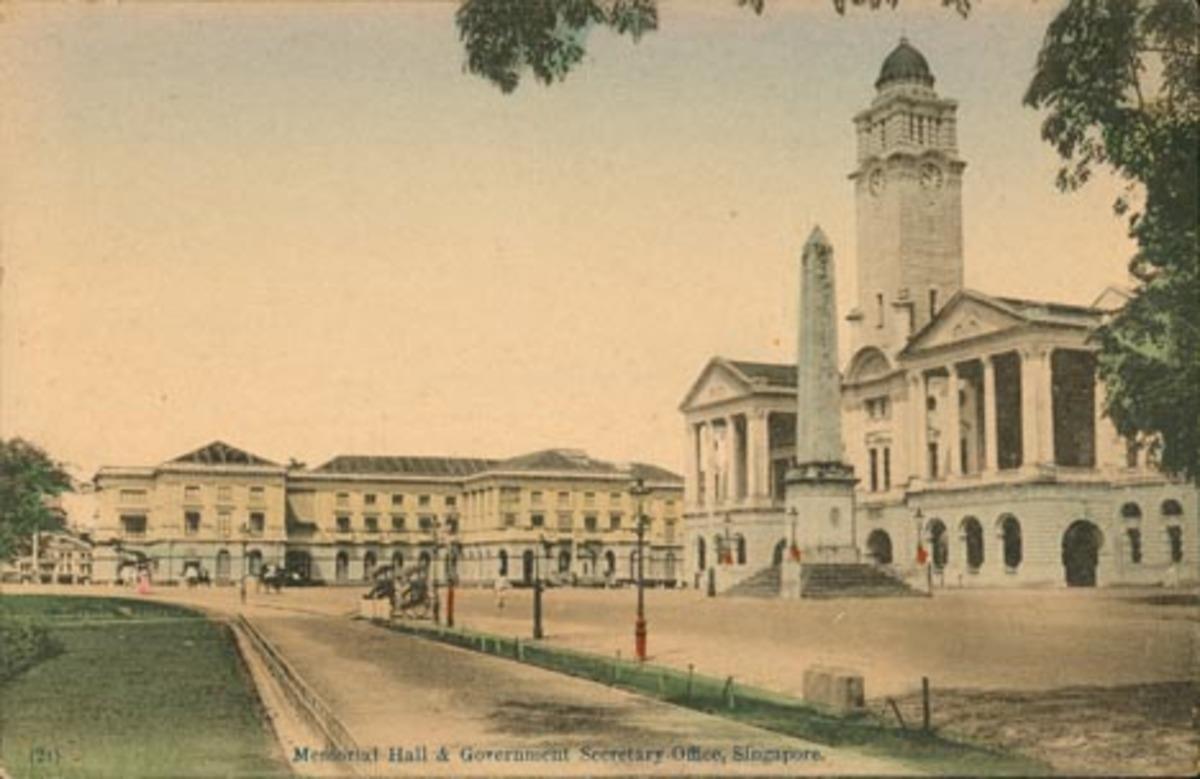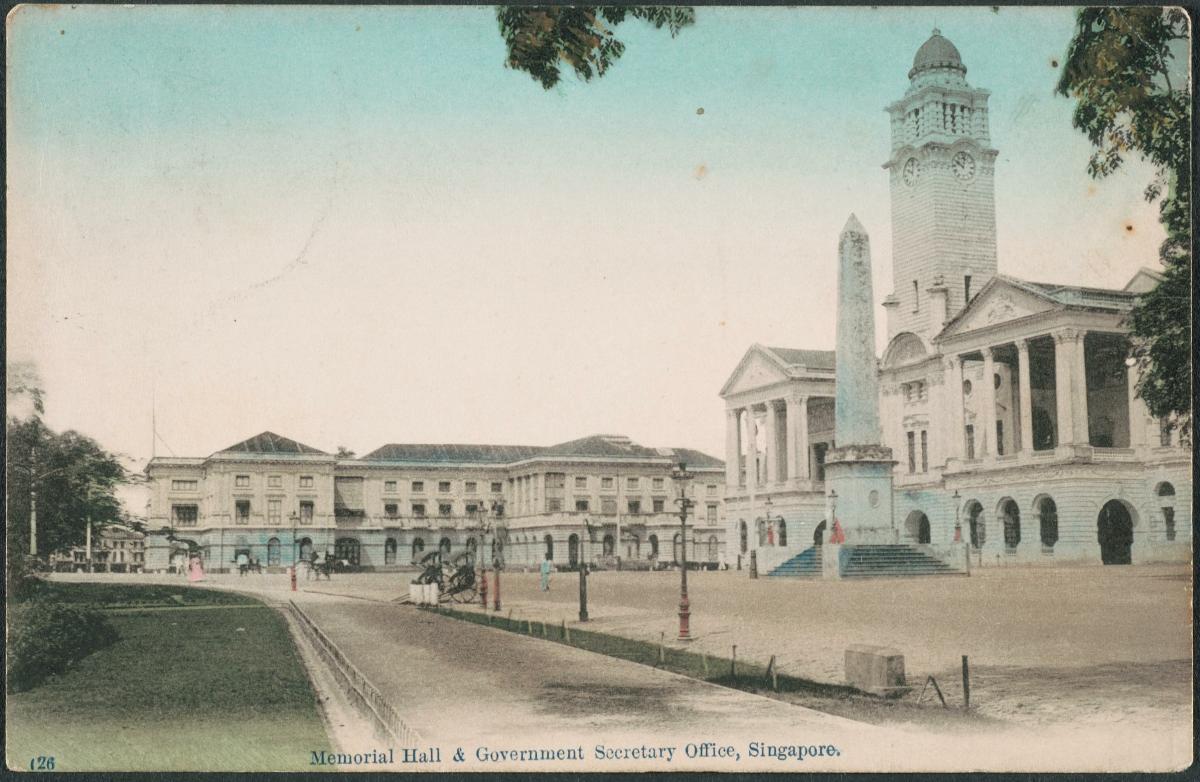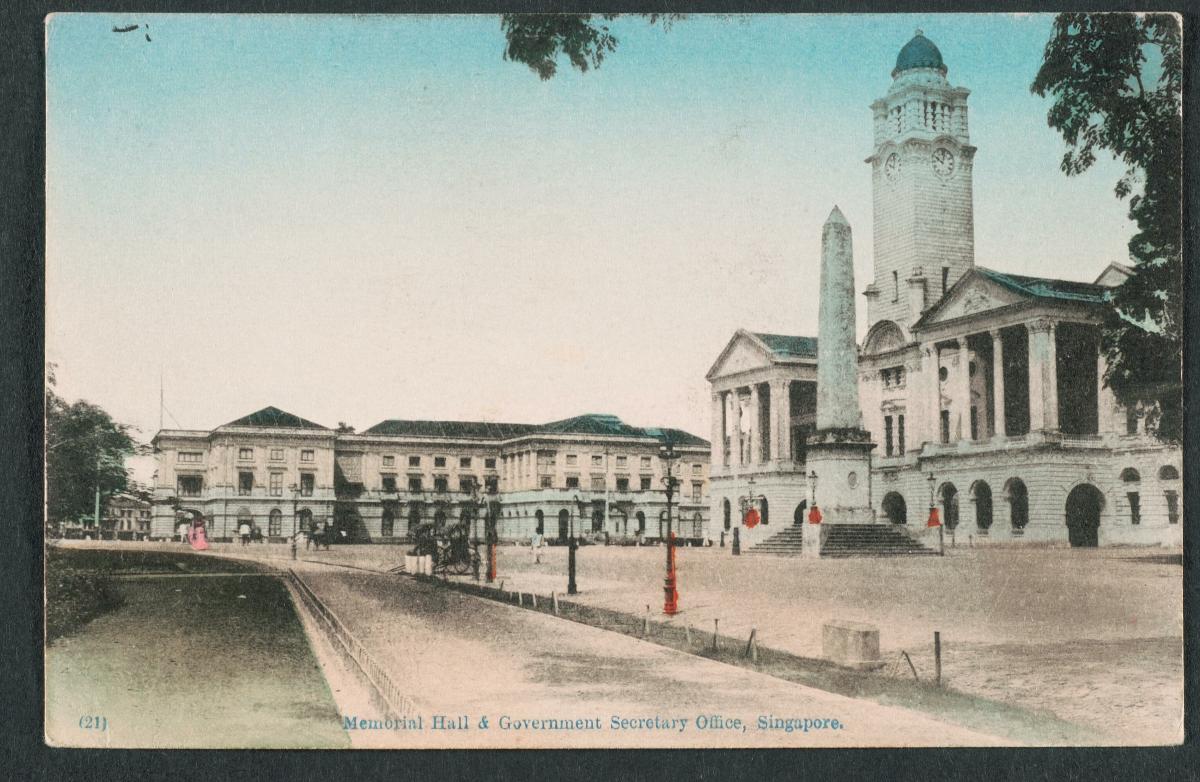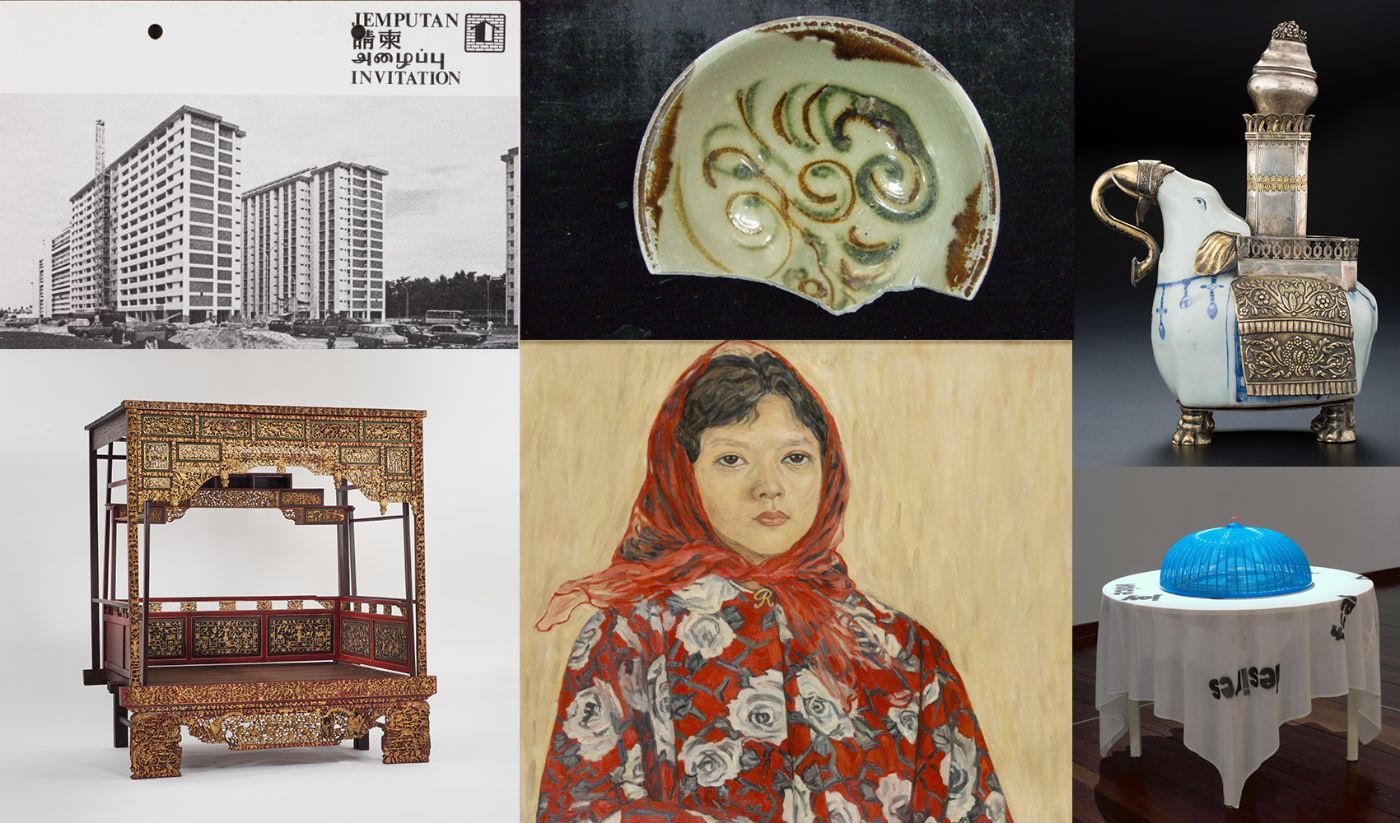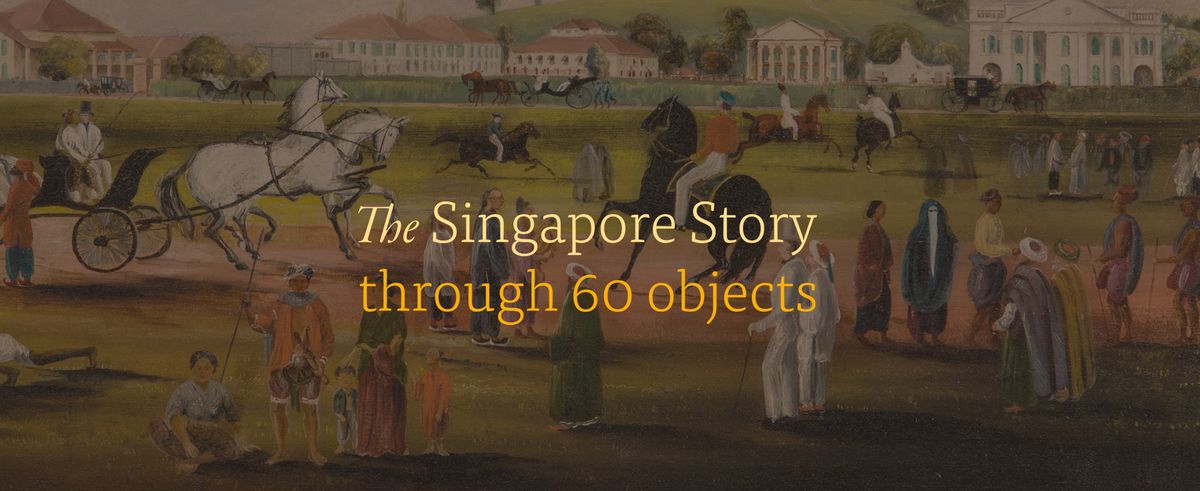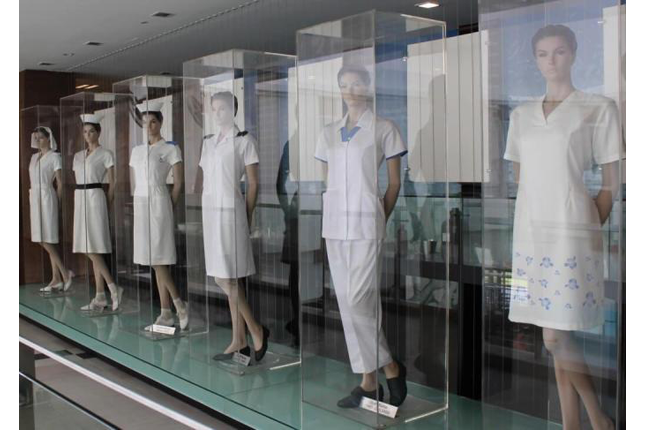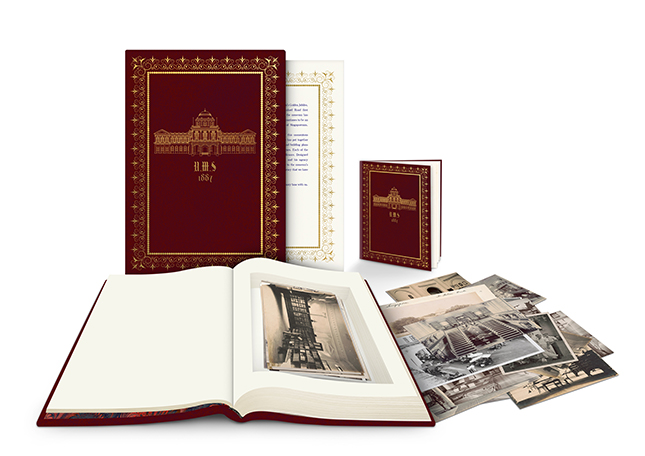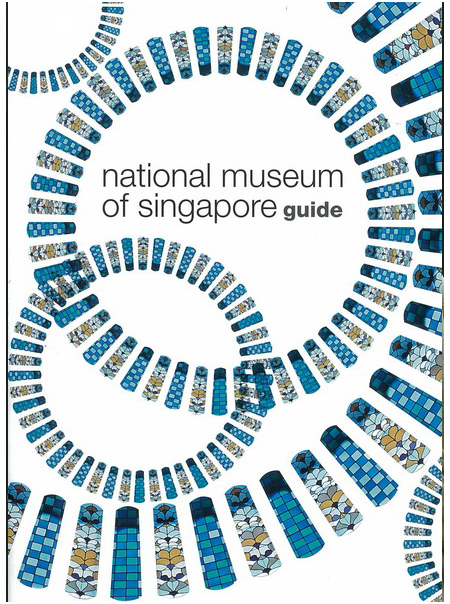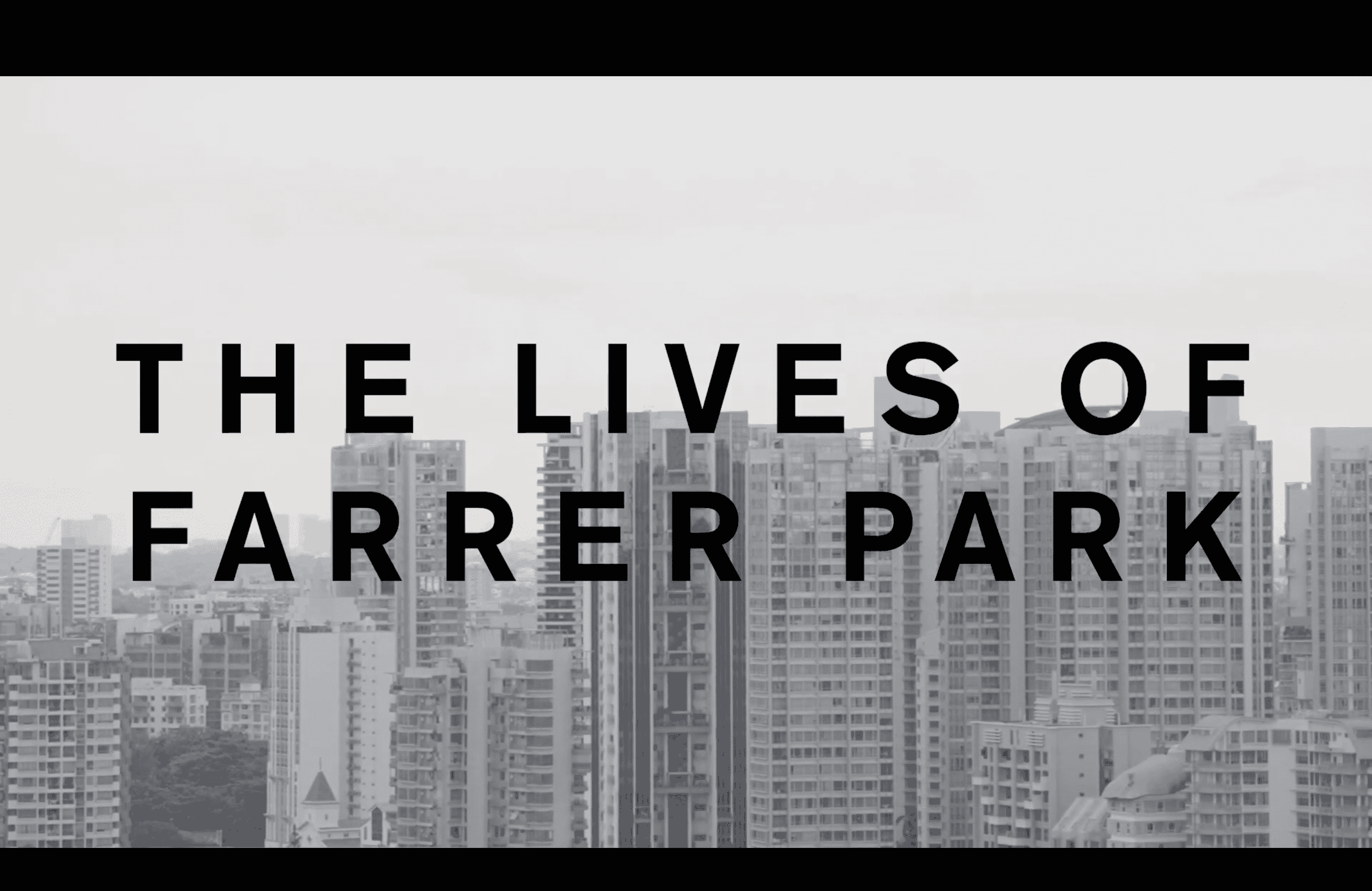Image Size: H:9.0 x W:14.0 cm
This postcard is part of a set acquired by the museum. The collection provides a glimpse into the physical and social landscape of Singapore during the 19th and 20th century which were characterised by European colonialism, the Japanese Occupation, and the post-war years. These postcards also give a glimpse into the type of architecture that was seen in Singapore in those days, as well as the range of activities, businesses, trades, and industries that the people of Singapore were involved in at that time. Some of these postcards still contain the original handwriting of the senders themselves.Designed by J.F.A. McNair in a neoclassical Palladian architectural style, the Empress Place building was initially slated to be the new Court House but eventually served as offices for the colonial administration. Built using convict labour, the first phase of construction was completed in 1865, although later additions were added through the years. Originally referred to as Government Offices, it gradually attained its iconic name following the Municipal Council’s decision in 1907 to commemorate Queen Victoria’s visit to Singapore by renaming the public square in front of the building after the monarch. Situated near the mouth of the Singapore River, a prime location at the heart of the old civic quarters, the building was used by various government departments until the late 1980s when it was restored and converted to an art museum called the Empress Place Museum. Following further renovation works that were completed in 2003, the building is now home to the Asian Civilisations Museum.




